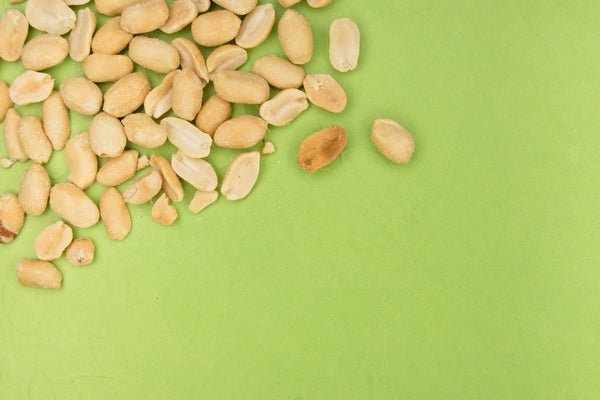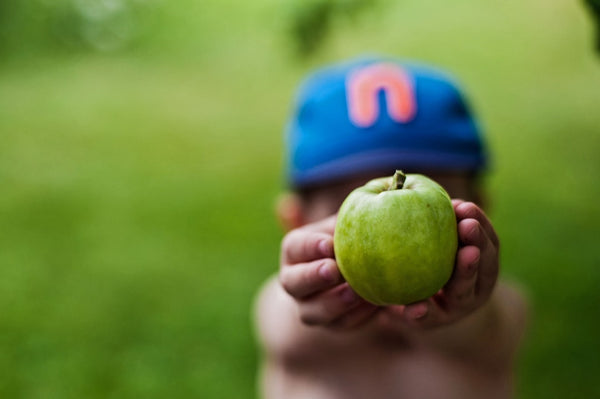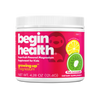How to Sneak More Magnesium into Your Kid’s Day (Without a Fight)
share this article

Magnesium might not be the most talked-about nutrient, but it plays a major role in your kiddo’s day-to-day health. From helping muscles relax to keeping digestion on track, it’s an essential mineral that many kids don’t get enough of.
The tricky part? Magnesium-rich foods aren’t always kid-approved. But with a little creativity, you can sneak it in without a battle at the dinner table. Here’s how.
Why Magnesium Matters for Kids
Magnesium helps regulate:
-
Bowel movements
-
Muscle and nerve function
-
Sleep and relaxation
-
Energy production
-
Mood and behavior
It’s also a natural stool softener when included regularly in the right amount. Studies show that magnesium can help relieve constipation and support regularity in kids without harsh side effects.[1]
Unfortunately, magnesium deficiency is more common than many parents realize. According to NHANES data, many kids ages 1 to 13 fall short of daily recommendations, especially picky eaters or those with low vegetable intake.[2]
Recommended Magnesium Intake for Kids
Here’s what pediatric guidelines recommend for daily magnesium intake:[3]
-
1–3 years: 80 mg
-
4–8 years: 130 mg
-
9–13 years: 240 mg
While full deficiency is rare, many kids are suboptimal. Adding small, consistent sources of magnesium throughout the day is the best way to help close that gap.
5 Easy Ways to Sneak In More Magnesium
1. Blend It Into a Smoothie
Spinach, avocado, banana, and nut butter are all high in magnesium—and they blend easily into a creamy morning smoothie. Add cocoa powder or strawberries to mask any green flavors.
Begin Health Expert Tip:
Use a magnesium-rich drink powder made for kids, like Growing Up Magnesium (coming soon), which contains magnesium citrate and glycinate in a kid-safe dose.
2. Make a Chia Pudding
Chia seeds are packed with magnesium, fiber, and healthy fats. Soak them in milk (or plant-based milk) overnight and add cinnamon, vanilla, or mashed banana for flavor.
Top with berries or serve in a small jar for an extra-fun presentation.
3. Use Nut Butter as a Dip
Almond butter and peanut butter both contain magnesium. Use it as a dip for apple slices, banana coins, or whole grain crackers. Just be sure to check for added sugars or oils.
If your kid has allergies, sunflower seed butter is another great option.
4. Serve Magnesium-Rich Snacks
Some snacks naturally pack in magnesium without tasting “healthy.” Look for:
-
Roasted pumpkin seeds
-
Fortified oatmeal
-
Dark chocolate (70% or more) in moderation
-
Hummus with whole grain pita
-
Trail mix with cashews or almonds
Pair them with familiar foods to make them more approachable.
5. Add a Kid-Friendly Magnesium Supplement
If food alone isn’t cutting it (or if constipation is an issue), a low-dose magnesium supplement can help fill in the gaps. Look for formulations that use magnesium citrate or glycinate, two forms that are gentle and well absorbed.
Avoid high-dose adult products or anything with artificial dyes or sweeteners.
Summary
Magnesium is a quiet powerhouse in your kid’s diet, helping with digestion, sleep, and stress. But many kids don’t get enough from food alone. With a mix of magnesium-rich ingredients and simple daily habits, you can help support your kid’s gut and overall health—without a fight at the table.
















